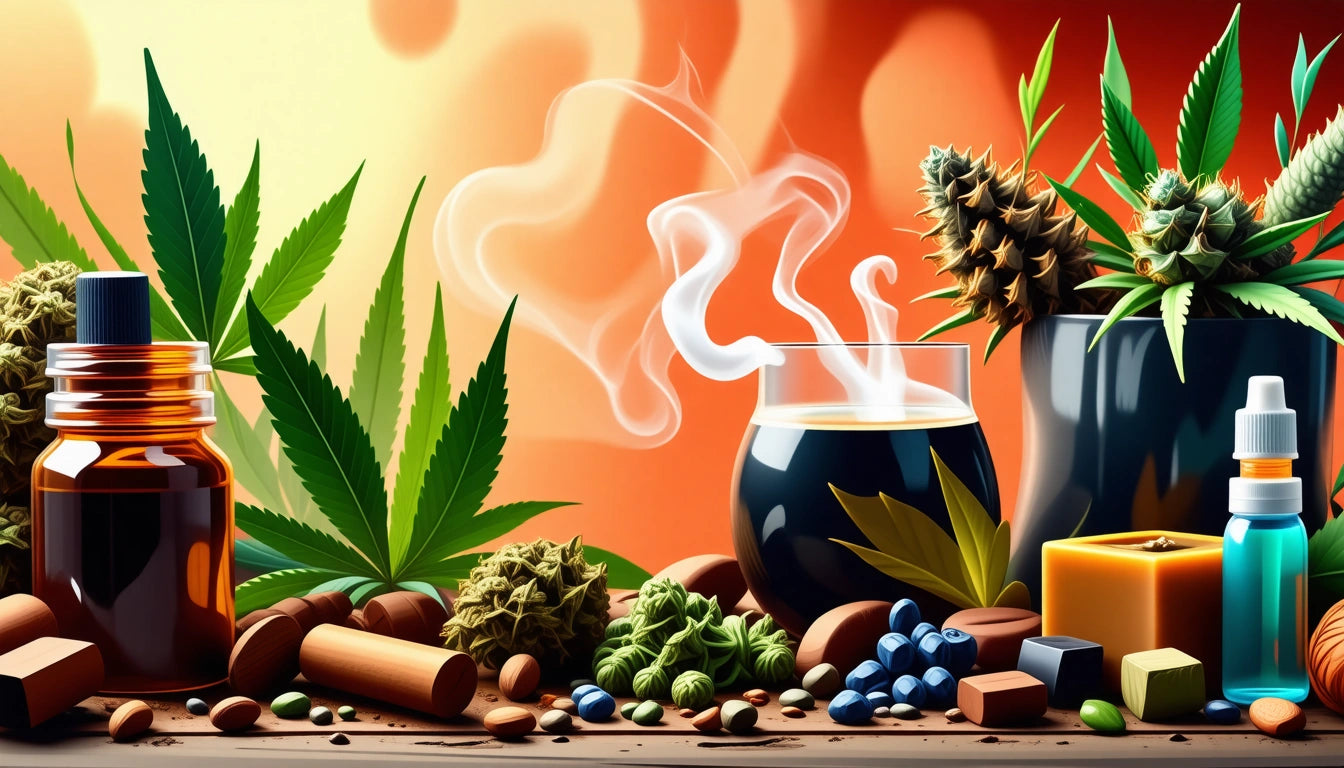Table of Contents
Overpackaging Is Killing Your Profit Margins And Here's How to Fix It
In the competitive cannabis industry, every cent counts toward your bottom line. One often overlooked drain on profits is overpackaging, which increases costs across your entire supply chain while potentially alienating environmentally conscious consumers. This guide examines how excessive packaging impacts your margins and provides actionable solutions to optimize your approach.
Identifying Overpackaging Issues in Your Cannabis Products
Overpackaging occurs when products use more materials than necessary for protection, compliance, or presentation. Common signs include:
- Multiple layers of packaging where one would suffice
- Excessive void fill or empty space in containers
- Unnecessarily thick materials for non-fragile products
- Decorative elements that add cost without enhancing protection
According to our packaging efficiency audit guide, most cannabis businesses can reduce packaging volume by 15-30% without compromising product integrity or regulatory compliance.
The Financial Impact of Excess Packaging
Direct Material Costs
Every extra gram of packaging material directly increases your cost of goods sold. For example, upgrading from standard mylar bags to premium rigid boxes can increase packaging costs by 300-500% per unit, dramatically reducing margins on price-sensitive products.
Hidden Operational Costs
Overpackaging creates cascading expenses throughout your operation:
- Increased storage space requirements
- Higher shipping costs due to dimensional weight pricing
- Additional labor for assembly and handling
- Greater waste disposal expenses
These hidden costs often exceed the direct material expenses, as noted in our analysis of oversized packaging impacts.
Right-Sizing Your Packaging Strategy
Right-sizing involves matching packaging dimensions and materials precisely to product requirements. Start by evaluating each product's genuine needs:
Compliance Requirements
Child-resistance features and regulatory warnings are non-negotiable, but they don't necessitate excessive packaging. Focus on solutions that meet requirements efficiently, such as certified pouches rather than box-and-insert combinations when appropriate.
Product Protection
Different cannabis products have varying protection needs. Flower requires humidity control, which can be efficiently managed with specialized humidity control packs rather than oversized containers. Concentrates need thermal stability, while edibles may require barrier protection from light and oxygen.
Brand Presentation
Premium positioning doesn't always require maximum packaging. Many luxury brands are shifting toward minimalist, sustainable packaging that communicates quality through thoughtful design rather than excess materials.
Strategic Material Selection for Cost Efficiency
Material choice significantly impacts both costs and sustainability:
Single-Material Solutions
Packaging that uses a single material type is typically less expensive to produce and easier to recycle. Consider mylar bags with built-in child-resistant features instead of combining multiple materials.
Weight Reduction
Even small reductions in material thickness can yield substantial savings at scale. For example, reducing glass jar weight by 10% might save pennies per unit but thousands annually for high-volume products.
As detailed in our guide on cutting packaging costs, material optimization can reduce expenses by 10-25% while maintaining quality standards.
Implementation Steps for Packaging Optimization
Follow these practical steps to address overpackaging issues:
1. Conduct a Packaging Audit
Systematically review your entire product line, measuring dimensions, weighing components, and identifying unnecessary elements. Document compliance requirements for each product category to ensure any changes remain within regulatory boundaries.
2. Calculate True Packaging Costs
Look beyond the per-unit price of packaging materials to include:
- Shipping costs (inbound materials and outbound products)
- Storage expenses
- Labor for assembly
- Disposal or recycling costs
This holistic approach reveals the full financial impact of your packaging choices.
3. Test Optimized Solutions
Before full implementation, test optimized packaging with small production runs to verify:
- Product protection during shipping and handling
- Compliance with regulatory requirements
- Consumer acceptance and usability
- Visual appeal and brand alignment
For rigid packaging specifically, our rigid box cost-reduction strategies offer specialized approaches to maintain premium presentation while reducing expenses.
4. Monitor Results and Refine
Implement changes gradually, tracking key metrics:
- Cost savings per unit
- Product damage rates
- Customer feedback
- Environmental impact reductions
Use these insights to continuously refine your packaging strategy.
Strategic Packaging Optimization for Long-Term Profitability
Addressing overpackaging isn't just about immediate cost savings. It positions your cannabis brand for long-term success in an increasingly competitive and environmentally conscious market. By implementing a strategic approach to packaging optimization, you create a virtuous cycle: reduced materials lead to lower costs, which improve margins while simultaneously reducing environmental impact. This balanced approach satisfies both financial objectives and growing consumer demand for responsible packaging practices.
Remember that packaging optimization is an ongoing process rather than a one-time project. As new materials, regulations, and consumer preferences emerge, continue evaluating your packaging strategy to maintain the optimal balance between protection, presentation, compliance, and cost-effectiveness.











Leave a comment
All comments are moderated before being published.
This site is protected by hCaptcha and the hCaptcha Privacy Policy and Terms of Service apply.